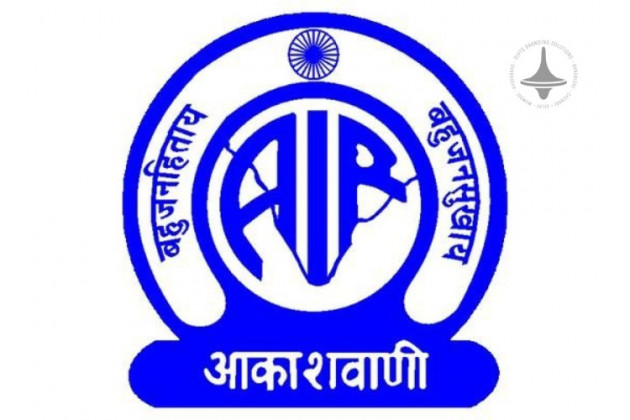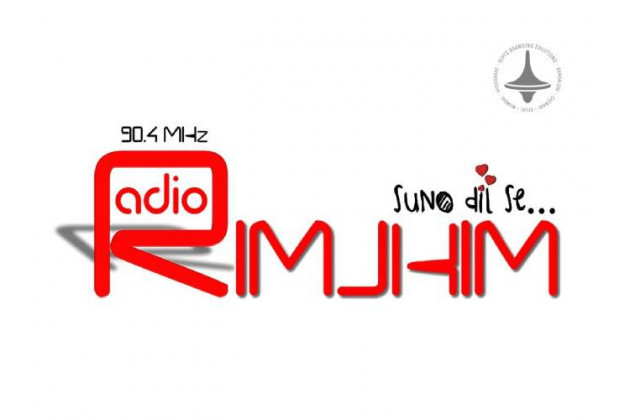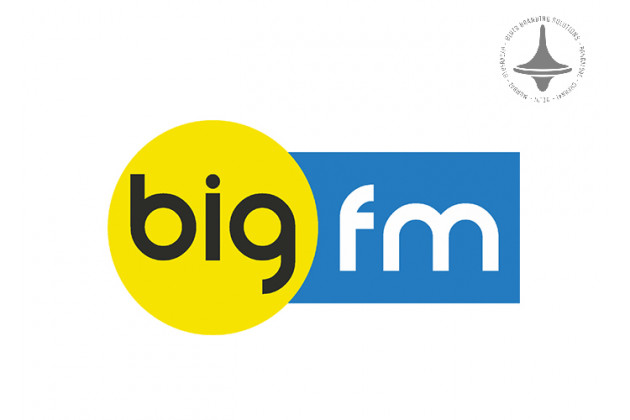AI Transforming | Digital Billboard Advertising | Elyts Branding

In 2025, Artificial Intelligence (AI) continues to revolutionize industries worldwide, and digital billboard advertising is no exception. AI-driven innovations are enhancing the way brands engage with consumers, optimizing ad placements, and maximizing returns on investment (ROI). This article explores how AI is reshaping digital billboard advertising, making it more dynamic, personalized, and effective than ever before.
1. AI-Powered Targeting and Personalization
One of the most significant advancements AI brings to
digital billboard advertising is enhanced targeting and personalization. AI
algorithms analyze real-time data from various sources, including demographic
insights, traffic patterns, weather conditions, and consumer behavior. This
allows advertisers to display tailored messages that resonate with specific
audiences at the right place and time.
For example, AI can detect peak shopping hours in a busy
mall and adjust advertisements accordingly. If an AI system identifies a high
percentage of young professionals passing a billboard, it can display ads
relevant to their interests, such as tech gadgets or business attire.
2. Real-Time Data Analysis for Dynamic Ad Display
AI-driven digital billboards are no longer static; they
adapt to real-time conditions. By analyzing environmental and contextual
factors, AI ensures that advertisements are always relevant. For instance:
- A
digital billboard near a stadium can display ads for sportswear during a
major game and switch to food delivery promotions after the match.
- AI-powered
sensors can detect weather conditions and adjust ads accordingly—showing
sunscreen promotions on sunny days and raincoat ads during storms.
3. Programmatic Advertising and AI Automation
Programmatic advertising, powered by AI, allows advertisers
to automate the buying and selling of billboard ad space. This method ensures
efficient budget allocation and real-time adjustments based on performance
metrics. AI analyzes user engagement, click-through rates (for interactive
billboards), and foot traffic data to refine ad strategies and deliver the
highest ROI.
Furthermore, AI-powered algorithms use predictive analytics
to forecast consumer behavior, allowing advertisers to make data-driven
decisions about when and where to display ads for maximum impact.
4. Facial Recognition and Emotion Detection
AI-powered digital billboards are becoming more interactive,
thanks to facial recognition and emotion detection technology. These systems
analyze facial expressions and demographics to gauge audience reactions to
advertisements. If an ad is not generating positive engagement, the AI system
can switch to an alternative advertisement to maintain viewer interest.
For example, a billboard in a shopping district can detect
if passersby are engaged or indifferent. If viewers seem uninterested, the AI
system may replace the current ad with a more compelling one that aligns with
their apparent mood or demographic profile.
5. AI-Powered Augmented Reality (AR) Integration
Augmented Reality (AR) is another area where AI is enhancing
digital billboard advertising. Brands are leveraging AI-powered AR experiences
to make advertisements more immersive and engaging. Consumers can interact with
billboards using their smartphones, scanning QR codes to access personalized
promotions, virtual try-ons, or interactive storytelling experiences.
For instance, an AI-driven digital billboard for a cosmetics
brand could allow users to see how different makeup products would look on
their faces through AR integration, encouraging immediate purchases.
6. AI-Enabled Voice and Gesture Recognition
Beyond visuals, AI is integrating voice and gesture
recognition into digital billboards, enabling hands-free interaction. Consumers
can engage with AI-powered ads using simple hand gestures or voice commands,
enhancing engagement and accessibility. This is particularly useful for
automotive ads, where users can inquire about features or book test drives via
voice activation.
7. Sustainability and Energy Efficiency
AI is also playing a vital role in making digital billboards
more energy-efficient. Smart AI systems optimize display brightness, reducing
power consumption during off-peak hours. Additionally, AI-powered predictive
maintenance ensures that digital billboards remain operational with minimal
downtime, preventing unnecessary energy wastage and costly repairs.
8. AI and Ethical Considerations in Advertising
While AI-driven digital billboard advertising offers
numerous benefits, ethical considerations must also be addressed. Privacy
concerns, data security, and potential biases in AI algorithms require careful
regulation. Companies must ensure transparency in data collection and use AI
responsibly to maintain consumer trust.
Conclusion
AI is undeniably transforming digital billboard advertising
in 2025, making it more personalized, data-driven, and interactive than ever
before. From AI-powered targeting and real-time analytics to AR integration and
sustainability efforts, these advancements are reshaping how brands connect
with consumers in public spaces. As AI technology continues to evolve, the
future of digital billboard advertising promises even more innovation and
engagement opportunities for businesses and consumers alike.
Elyts Advertising and Branding Solutions | www.elyts.in (India) | www.elyts.agency (UAE)






















Leave a Comment